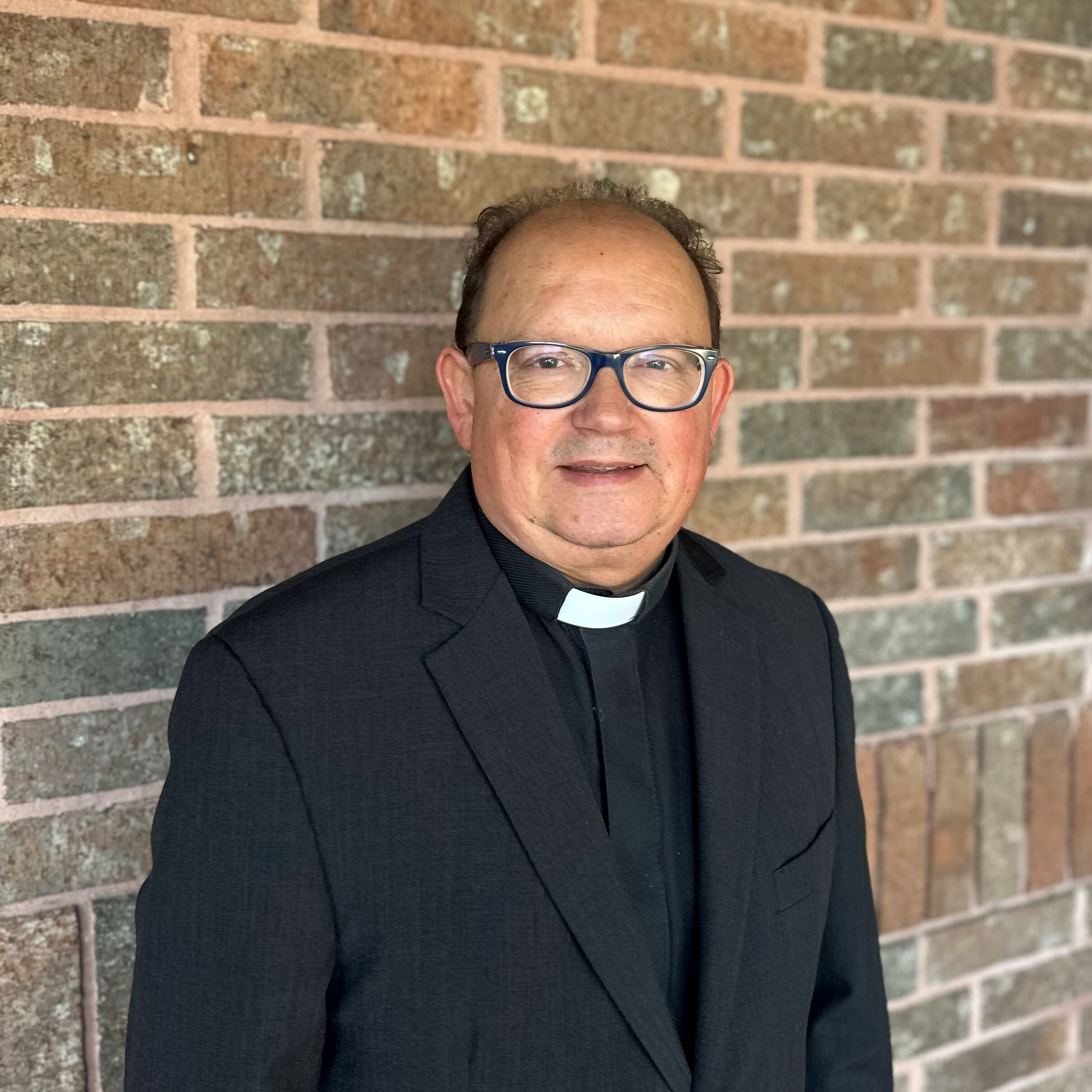TLDR: The bleak situation of Haitian immigrants and poor Dominicans in the Bateyes of La Romana has prompted some to ask, “Is there any hope for them?” Read below for a possible answer to this question.
Nineteen missionaries from Saint Mary’s and Saint Dunstan’s Episcopal Churches have just returned from an 8-day mission trip to La Romana, Dominican Republic. La Romana is a metropolitan area, home to luxurious resorts, well-developed infrastructure, and American-style condominium towers and upscale neighborhoods. About an hour from Punta Cana, the area offers some of the same amenities to tourists from around the globe. Sadly, however, the perfectly manicured lawns of the Resorts obscure a sad reality.
As you leave the elegant resorts, you drive through endless fields of majestic sugar cane, set in plains and valleys, often surrounded by beautiful mountains. Views that can take your breath away lead to overwhelming poverty as you reach the Bateyes. It has been estimated that 500,000 residents of the Dominican Republic live in these small villages which house thousands of Haitians and Dominican sugar cane workers all year round. Each Batey has several dozen small houses, build, owned, and controlled by the Sugar Cane companies. The Company owns the land, the infrastructure, the store (with insanely expensive prices, in comparison to the city’s stores), the small school building, and the small church, which in most cases is a Baptist or Pentecostal church. There are small housing units for families, slightly larger units shared by two families, (separated by a thin wall or a curtain,) and rows of small cubicle-like rooms (six to ten on the same row) for single men and single women. The largest and most spacious of these homes may have approximately 250 to 300 square feet of space in total and house several families at once. Intergenerational families are common. The grandparents may have worked for the Batey for 40 or 50 years, and now babysit two or three grandchildren, while the next generation works in the fields. Women are not allowed to work the sugarcane fields, but perform all sorts of communal tasks within the village. Many have lived in these small villages for decades, earning the equivalent to 200 to 250 dollars in wages per month.
Not all Batey communities are the same. We visited well-established and well-organized Bateyes where people seemed to be getting basic necessities met (even in the midst of crushing poverty.) They had access to water (cloudy, unfiltered, unprocessed, water,) and even electricity. There are other Bateyes that are simply falling apart, have no access to water (a company truck comes once a week to fill a communal tank for all to share), and have no electricity for large portions of the day. There doesn’t seem to be a rhyme or reason for the wild variances between communities. In the words of one of the residents of one of the poorest Bateyes, “The company doesn’t tell us anything.” Each Batey has a resident leader called a “Promoter.” It is this person’s job to advocate for the community to the Company, to ensure basic needs are met, encourage the kids to go to school, manage communal property like Church benches and chairs, and assist with whatever needs the community has. The promoter works in the village and has many of the same problems as the rest of the people, but they are important community leaders.
The one to two room schoolhouse teaches all the subjects from first to twelve grade, the church serves all denominations, and there is no access to healthcare on a regular basis. Two to three times a year, a medical mission (like ours) occupies the small school or the small church to set up an impromptu clinic. American doctors (aided by local providers) assess and treat all sorts of conditions with a basic formulary that might include nine to ten different medicines: A medicine for hypertension, a medicine for Diabetes, antibiotics, basic pain medications, children’s vitamins, deworming medicine, etc. Some of the most common conditions are high blood pressure, infections of all sorts (vaginal infections are common,) headaches, skin rashes, stomach aches, and diabetes. Life expectancy is short, teenage motherhood is common, and some of the adults look much older than their biological age. It was common to encounter people in their forties or fifties who looked to be sixty or seventy years old.
To make matters worse, the Company can close any of these Bateyes for any reason, giving the residents thirty to sixty days to vacate homes they have occupied for decades. Little attention is paid to relocate these families, and many will join family members and friends at nearby Bateyes. The future for others remains uncertain. The poor attention to healthcare, education, living conditions, and access to water has drawn the attention of the United States government, which has begun to put pressure on these sugar conglomerates. As a result, the companies are reducing the amount of Bateyes and consolidating their people into larger communities. This is creating great anxiety in the Bateyes that are closing, but local advocates pray these changes will lead to progress. La Romana produces 60% of all sugar in Dominican Republic and the US is threatening to reduce the quota they are allowed to export to America unless conditions improve.
So, you may be wondering, “Where is the hope?” Indeed, things appear very bleak. I wish I could wrap this blog into a pretty little box with a golden bow on top. In other words, I wish I could tell you that American pressure will soon change the Bateyes and people will be fine. The truth is that America has put pressure on The Dominican Republic before and things change briefly and momentarily, but once the threat of punishment passes, things go back to status quo, and often get worse. Sugar companies place profits above their people and do the least they can for their workers. If there is to be hope for these people, that hope will have to come from us and from the Social Services Agencies working to alleviate poverty and improve health outcomes on the ground. Agencies like “El Buen Samaritano,” our host agency in La Romana. Help and hope will come from within and from outside the country, but churches and NGOs will continue to have a big role in bringing hope to La Romana.
On Tuesday, September 26, at 7:00pm, Saint Dunstan’s will host a world renowned Christian music group from La Romana. They have agreed to add a date to their Unites States tour to come to us. “Originally formed in 1986, the Maranatha Band uses merengue beats to raise awareness and funds for medical clinics in the Haitian communities of the eastern Dominican Republic. Each year, Maranatha band tours the United States in hopes that the concerts will promote both their music and their mission to provide quality health care to Haitian migrant workers and Dominicans that have little to no access to it.” (The Advocate). The band is the creation of “El Buen Samaritano.” They will perform a free concert at Saint Dunstan’s in order to highlight the ministry of their agency in this part of the world. Please mark your calendars and invite friends in advance. The band has already sold out for many of their concerts in 8 different states in the Northeast. We are truly blessed to host this incredible act. More information about this will follow. If you would like to listen to some of the band’s music, please go here: MARANATHA.
I would like to end this blog by thanking all of our donors who made our mission possible. Your love and commitment made a difference.
Blessings to all,
Fr. Roman+





